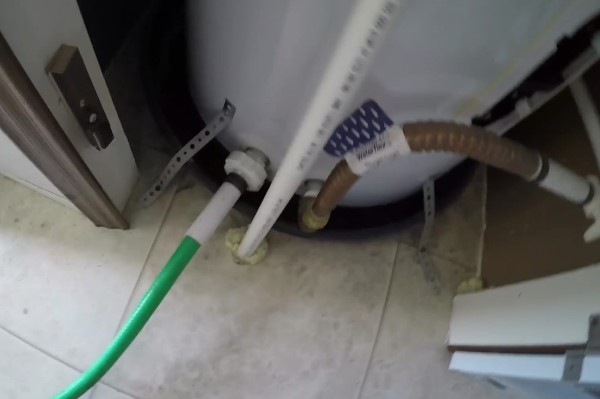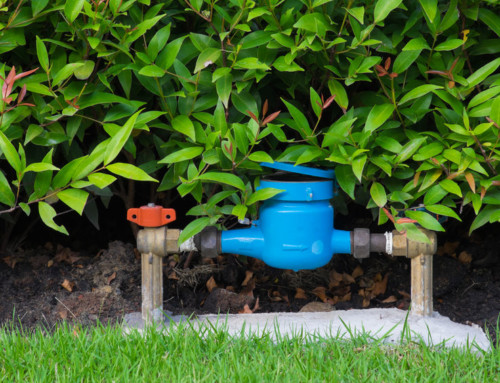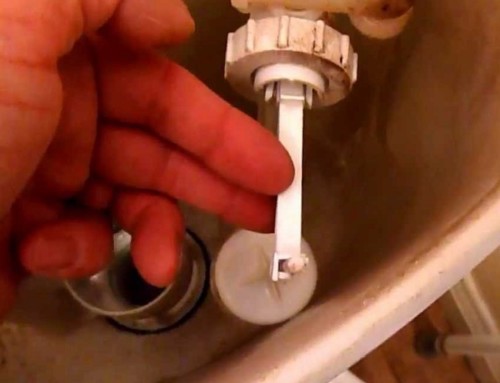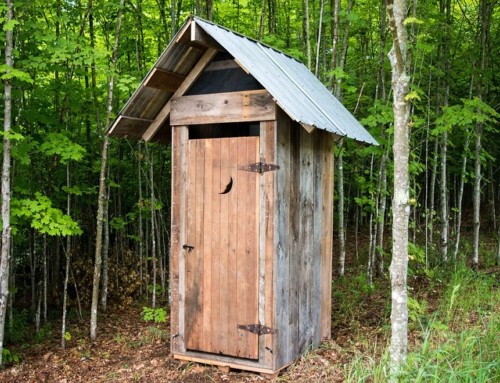Most Aussies take hot water for granted, using it multiple times each day, by the simple expedient of turning on the tap. Unfortunately, your hot water heater doesn’t last forever, something that can become crystal clear when the hot water runs out in the middle of your shower!
Water heating is the largest source of greenhouse gas emissions from an average Australian home and accounts for about 21% of the energy used. The easy solution for getting the most out of your system is to make sure that you hot water heater is in good condition. This requires some sort of maintenance. One of the more important maintenance jobs is flushing the system, but why does it need to be flushed and how do you do it?
Why does my hot water heater need to be flushed?
Water that comes from the mains supply, might be clean and drinkable, but it usually contains some minerals. It’s these minerals that will accumulate overtime in your plumbing and hot water tank and the harder your water, the more these minerals will accumulate. It can take years to accumulate sufficient minerals in your water tank to cause problems, which is why prevention is better than cure.
If your hot water tank is becoming clogged with too much sediment, you might notice a reduction in the flow, and your hot water runs out quicker than normal. Sometimes you can even see the sediment in the water as it runs out of the drain valve (unless the valve is already clogged).
To prevent running out of hot water or corroding the heater’s components with these sediments, we recommend that you flush the system at least annually.

How do I flush my hot water system?
The first step is to turn off the electricity and water supply to the tank, then either run a tap to drain the water or open the drain valve on the tank. Once empty you can fill it up again and you are good to go (not forgetting to turn the power and water back on). If you still notice a lot of sediment in the water however, it’s a good idea to refill and drain the tank once or twice more, just to clear out the remaining sediment. Our hot water service can also take care of this.
Are there any additional hot water heater maintenance tasks?
Yes, there are a number of extra tasks that will help to keep your hot water heater working efficiently, for as long as possible and extend its life. Here are two tasks you can perform at the same time that you flush the system or you can ask your plumber to do them all for you.
- T & P valve: The temperature and pressure valve opens if the pressure or internal temperature of the tank becomes too high. However, if you see water dripping from this valve, it means that the pressure is set too high. Pressures should be between 50 and 60 psi, because this prevents damage to your appliances and plumbing. Test this valve when you have turned off the power and water, and if all is well, you should see hot water flowing through the valve (it’s hot so be careful!). If the valve is stuck or the water won’t stop flowing, you should replace the T&P valve immediately.
- Check the water pressure: If you don’t have a pressure reducing valve on your system, check the pressure gauge and if its greater than 60 psi, install a T&P valve.
For quality plumbing, call us on 0418 532 134.






